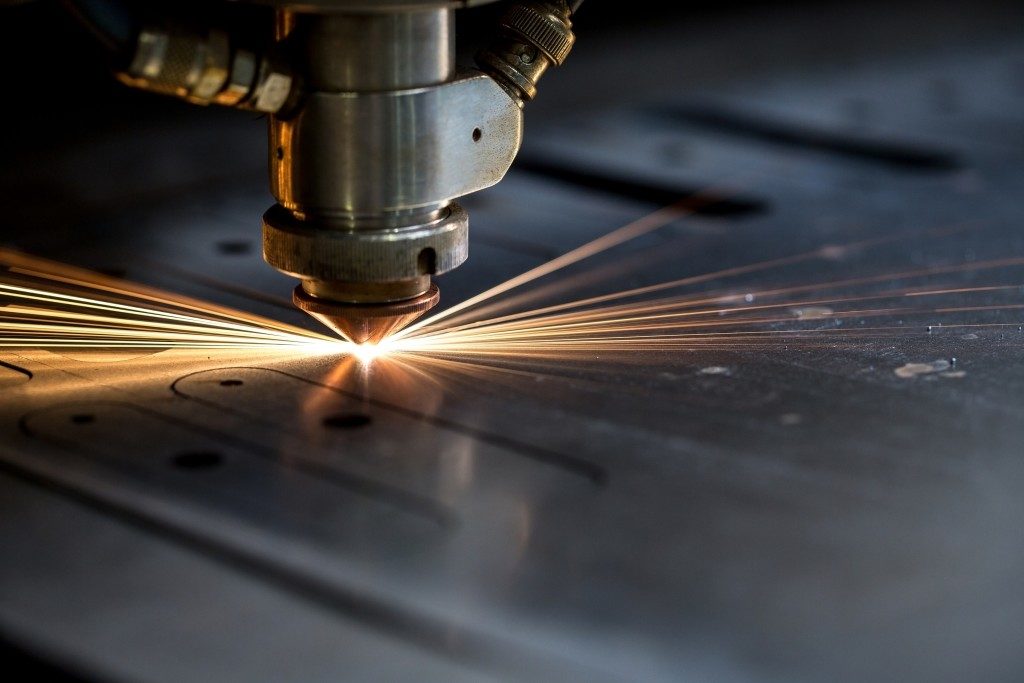Being used in several industries — aerospace, automotive, electronics, medical sectors, etc., a lot of people buy a laser engraving machine for several reasons. This piece of equipment has changed the lives of many. Before you buy one, it’s noteworthy to identify its benefits and learn how it can help your business.
Aside from that, this guide will talk about 3D printing that your business might need. There are two significant manufacturing techniques that businesses dealing with digital manufacturing use for specific projects. Get to know them now.
Laser Engraving
Laser engraving is also called laser etching or laser cutting. Its principal function is to cut the material to form the desired object using a high-powered laser beam. From 2D design, you can make an object appears real through laser engraving. Producing outstanding decorations, laser etching can engrave or cut plywood, acrylic, cardboard, MDF, and POM (Polyoxymethylene).
3D Printing
3D printing is a method of adding material layer by layer to produce the desired appearance of an object. It works with the aid of a 3D modeling software. This technique is helpful in making 3D printed jaws, 3D printed homes, 3D printed prostheses, 3D printed fashion accessories, and many others.
The two popular options for 3D printing are:
- Powder-based method: Heating fine powder particles without liquefaction, and assembling them together with a laser.
- Liquid method: With the use of ultraviolet light, a liquid (depends on what the project requires) is being hardened to form a rigid and highly detailed object.
With these manufacturing techniques, the creation of several designs — mechanical, artistic, architectural, and other complicated projects — is made possible with an ideal outcome, giving utmost convenience and satisfaction.
Benefits of Laser Etching
- Non-contact procedure: Compared to other standard engraving methods, laser etching does a non-contact procedure in altering the appearance of the material without error.
- A safer process: Laser engraving is safe for the environment. The equipment uses non-harmful gases, such as nitrogen, hydrogen, helium, and carbon dioxide. A powerful light comes out of the glass-filled tube to cut or engrave the object to enhance its appearance. The tube has two mirrors — one is for reflecting the light, and the other one is to let the laser beam to pass through for efficient function.
- Efficient business equipment that produces the high-quality output: Amplifying the image quality of the product so greatly, laser engraving is producing a permanent, non-removable laser mark.
- Ideal tool for several applications: The micro-coded marking produced by laser etching is durable and has resistance to high-temperature. In other words, the markings through laser engraver won’t degrade and exude exquisiteness for several years to come.
- Works at several depths: Using the newest laser marking and engraving technology, laser etching works best from a depth of 0.2 mm up to 1.5 mm.
- Useful for several materials: Most businesses today are using various materials, such as glass, ceramic, plastic, metal, etc. All these pieces of materials can be made appealing through laser etching.
Benefits of 3D Printing

- Speed: The 3D printing machine can produce the desired object quickly, without requiring human intervention or other equipment.
- Cost-effective: Since it’s a single step production, it can help you spend less on labor costs, materials, and other machines. 3D printing is a digital manufacturing technique that allows you to create an object with minimal waste.
- Precise prototyping process: 3D printing can help you dodge a large financial impact brought by an error in the prototyping process.
- Freedom to design: Additive manufacturing technology offers you more freedom to create your own design. Customization is made naturally.
Both 3D printing and laser engraving are useful to businesses. It depends on what you need. Consider the information mentioned above, so you can make a well-informed decision when buying the right equipment that can benefit your business.

